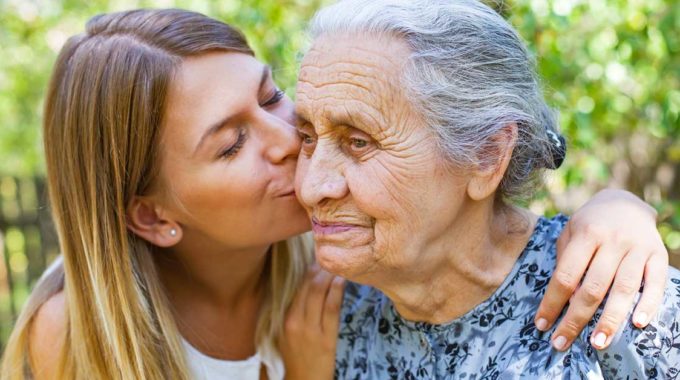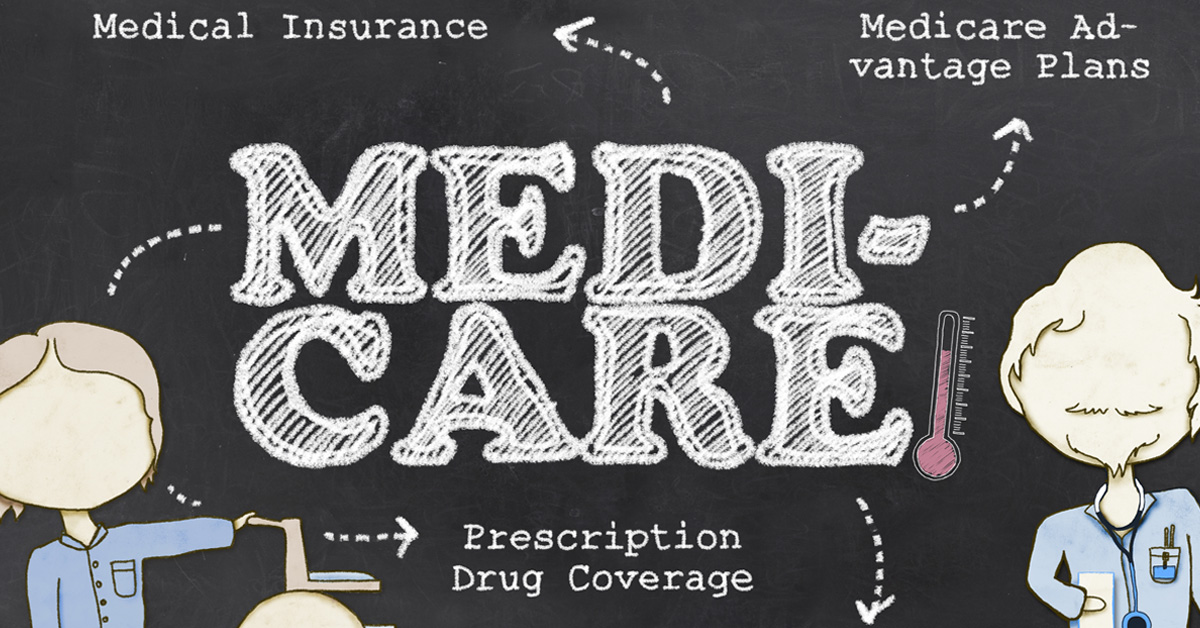
Is My Doctor Giving Up on Me? Reactions to A Hospice Recommendation.
Hospice is a Medicare-covered service of symptom control for patients nearing the end of life and of emotional support for those patients and their families. Medicare only covers hospice for patients who are not currently pursuing a cure. When doctors stop trying to cure the disease, some patients voice concerns that the doctor has given up on them. Is a hospice referral tantamount to giving up on a patient?
Prevalence of the Giving-Up Concern
First, we should point out that this is probably a concern expressed by a minority of patients. In one study focusing on the deprescribing of statins near the end of life, less than five percent of patients expressed feelings of physician abandonment.1 However, doctors are also prone to this sort of concern. Clearly, every doctor knows no patient will live forever. Nevertheless, when a disease is not curable and a hospice referral is the most appropriate path, surveys of doctors detect feelings of failing the patient as a barrier to hospice referrals.2-6
What Is a Doctor’s Obligation to Seriously Ill Patients?
To answer the question, “Is a doctor giving up on the patient when recommending hospice?”, it may help to take a step back and ask, “What is the doctor’s job here?” By one philosophy, the doctor’s job is to maximize quality and quantity of life. Some may assume this means fighting for a cure no matter what, until the end. However, ample scientific evidence suggests that aggressive treatments pursuing a cure beyond all reasonable medical expectations both shortens life and diminishes its quality. This means that while a doctor’s job is to maximize quantity and quality of life, fighting for a cure through aggressive treatments may work against that goal.
Ending Aggressive Treatment Before Death is a Quality Assurance Standard
It may help families to know that medical consensus holds that most patients should not receive aggressive treatments right up to the time of death. This is for the reasons stated earlier. The American Society of Clinical Oncology counts ending chemotherapy at least two weeks before death as a benchmark for improving cancer care. This standard is echoed in the quality assurance standards of many oncology units.7 Dr. Craig Earle and colleagues performed interesting studies on the subject. They concluded that continuation of curative therapies very near the end of life usually yields no clinically significant benefit. This is not an absolute. At the time, they found that less than 10% of patients should receive chemotherapy in the last 14 days of life. When every treatment likely to produce a cure has been explored, hospice is often the best approach for increasing quantity and quality of life.
Hospice Improves Quantity and Quality of Life
One may assume that ending aggressive treatments hastens death. The opposite is true. For decades, study after study has associated appropriately timed hospice with life lengthened by days to months. Furthermore, patients at home with hospice may live longer than patients in the hospital with palliative care. Appropriately timed hospice is connected with better symptom control, better mental health, lower costs, and increased satisfaction with care. Hospice is not the absence of care from a doctor. Like any other tool available to doctors, hospice is a plan for specific situations at the right time.
References:
- Tjia J, Kutner JS, Ritchie CS, Blatchford PJ, Bennett Kendrick RE, Prince-Paul M, Somers TJ, McPherson ML, Sloan JA, Abernethy AP, Furuno JP. Perceptions of statin discontinuation among patients with life-limiting illness. Journal of Palliative Medicine. 2017 Oct 1;20(10):1098-103.
- Earle C, et al. Aggressiveness of cancer care near the end of life: Is it a quality-of-care issue? Journal of Clinical Oncology. 2008; 26 (23): 3860-3866.
- Barbera L, et al. Indicators of poor quality end-of-life cancer care in Ontario. Journal of Palliative Care. 2006; 22 (1): 12-17.
- Bickel-Swenson D. End-of-life training in U.S. medical schools: a systematic literature review. J Palliat Med. 2007; 10 (1): 229-235.
- Johnson C, Slaninka S. Barriers to accessing hospice services before a late terminal stage. Death Stud. 1999; 23 (3): 225-238.
- American Society of Clinical Oncology. Cancer care during the last phase of life. J Clin Oncol. 1998; 16: 1986-96.
- Kao S, Shafiq J, Vardy J, Adams D. Use of chemotherapy at end of life in oncology patients. Annals of Oncology. 2009; 20 (9): 1555-1559.
- Earl C, Park E, Lai B, et al. Identifying potential indicators of the quality of end-of-life cancer care from administrative data. J Clin Oncol. 2003; 21: 1133-1138.
- Earl C, Neville B, Landrum M, et al. Evaluating claims-based indicators of the intensity of end-of-life cancer care. Int J Qual Health Care. 2005; 17: 505-509.





